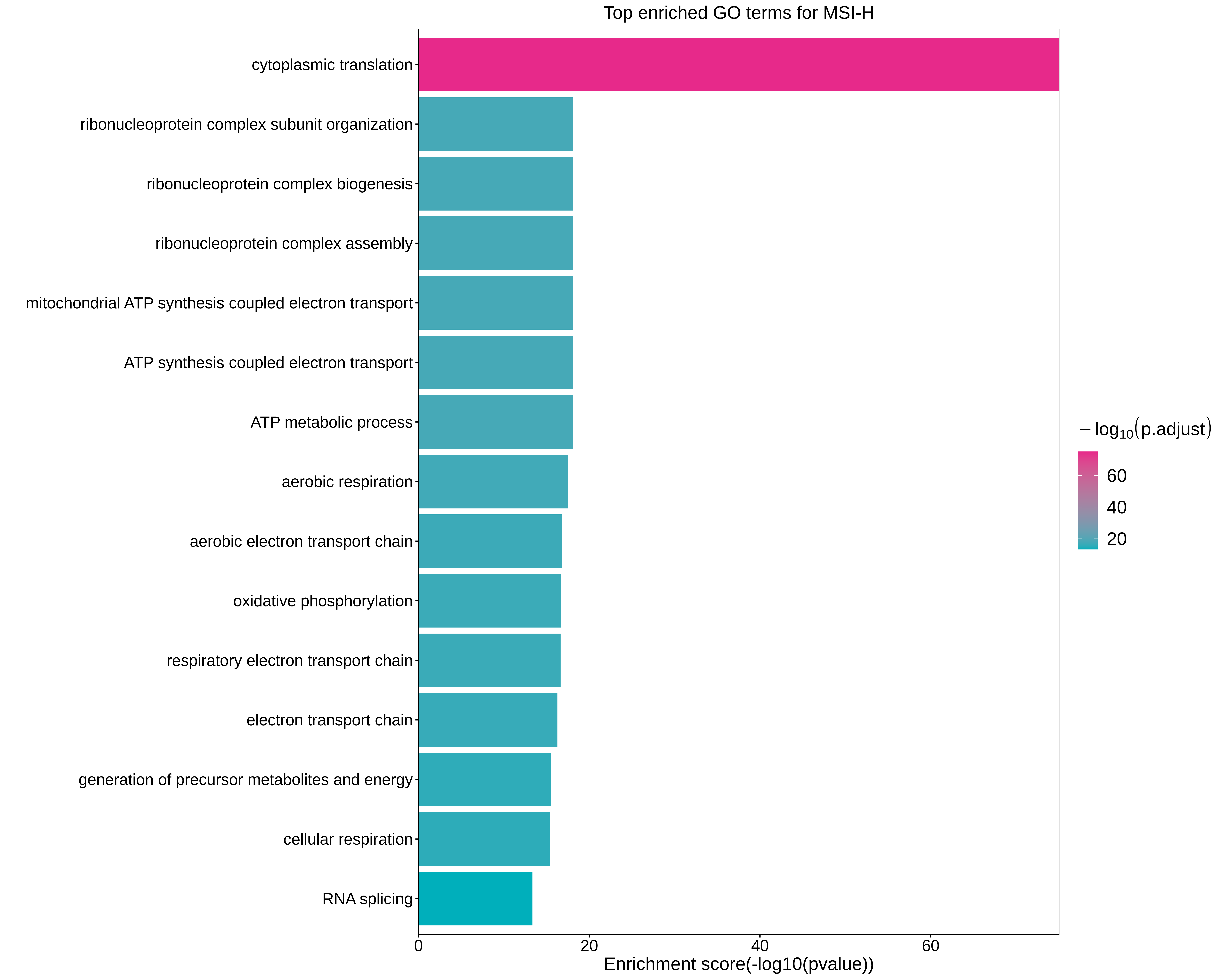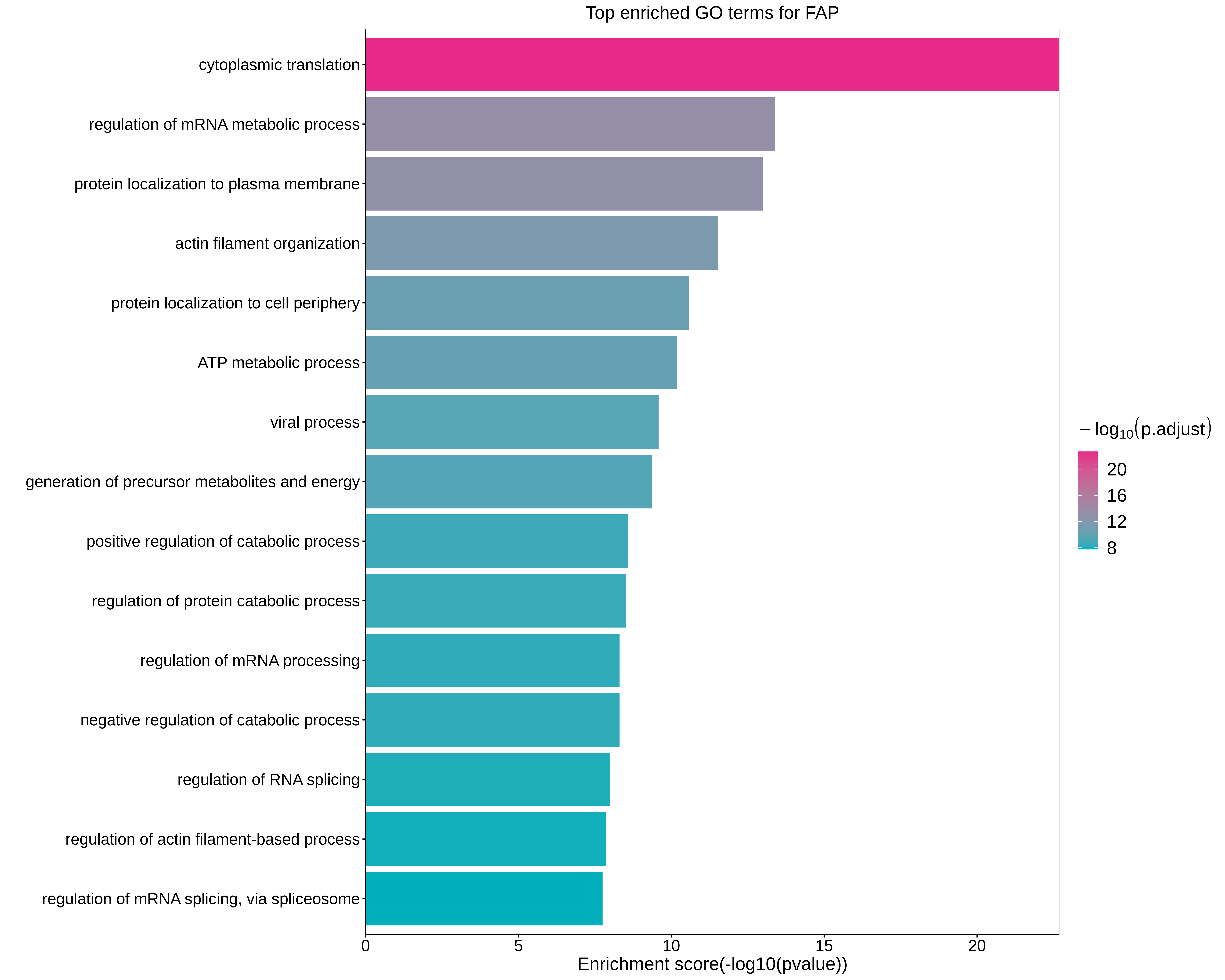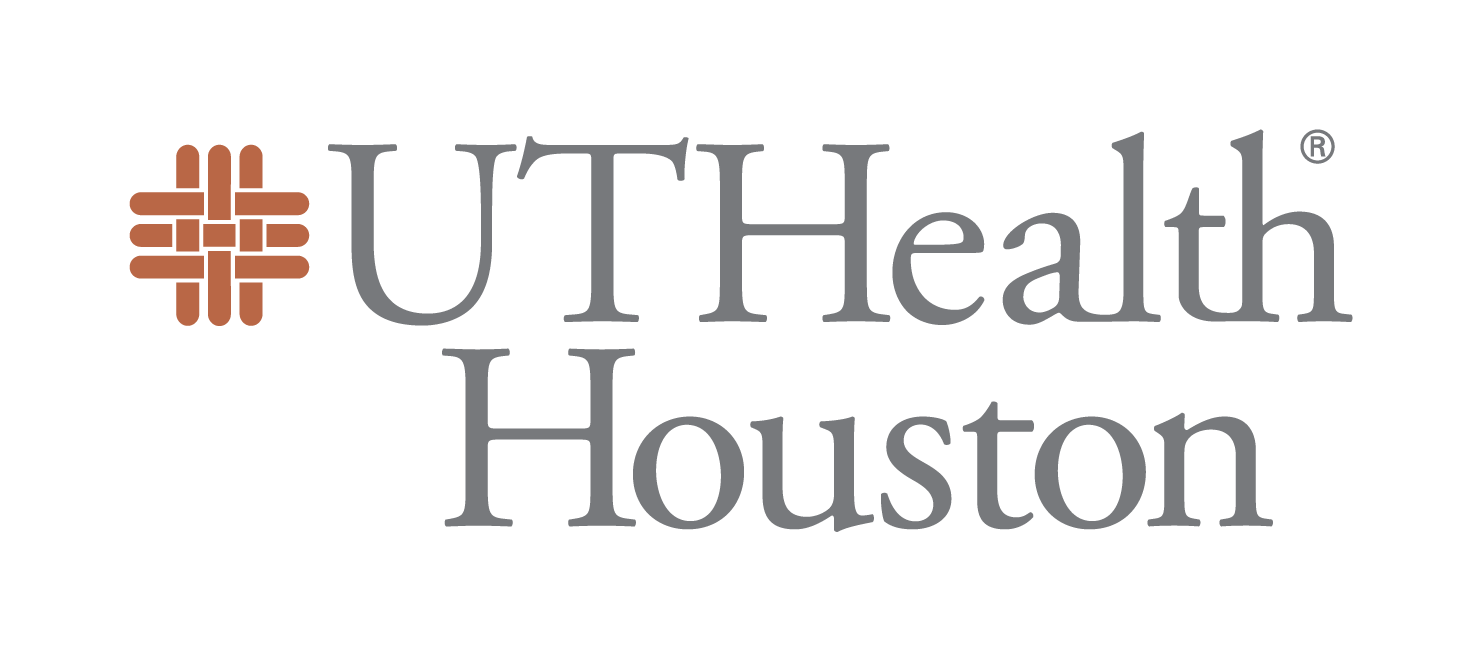| Tissue | Expression Dynamics | Abbreviation |
| Esophagus |  | ESCC: Esophageal squamous cell carcinoma |
| HGIN: High-grade intraepithelial neoplasias |
| LGIN: Low-grade intraepithelial neoplasias |
| Liver |  | HCC: Hepatocellular carcinoma |
| NAFLD: Non-alcoholic fatty liver disease |
| Oral Cavity |  | EOLP: Erosive Oral lichen planus |
| LP: leukoplakia |
| NEOLP: Non-erosive oral lichen planus |
| OSCC: Oral squamous cell carcinoma |
| Skin |  | AK: Actinic keratosis |
| cSCC: Cutaneous squamous cell carcinoma |
| SCCIS:squamous cell carcinoma in situ |
| Thyroid |  | ATC: Anaplastic thyroid cancer |
| HT: Hashimoto's thyroiditis |
| PTC: Papillary thyroid cancer |
| GO ID | Tissue | Disease Stage | Description | Gene Ratio | Bg Ratio | pvalue | p.adjust | Count |
| GO:000257331 | Oral cavity | NEOLP | myeloid leukocyte differentiation | 41/2005 | 208/18723 | 8.21e-05 | 1.03e-03 | 41 |
| GO:000076811 | Oral cavity | NEOLP | syncytium formation by plasma membrane fusion | 16/2005 | 55/18723 | 1.43e-04 | 1.64e-03 | 16 |
| GO:014025311 | Oral cavity | NEOLP | cell-cell fusion | 16/2005 | 55/18723 | 1.43e-04 | 1.64e-03 | 16 |
| GO:000694911 | Oral cavity | NEOLP | syncytium formation | 16/2005 | 57/18723 | 2.26e-04 | 2.37e-03 | 16 |
| GO:007122231 | Oral cavity | NEOLP | cellular response to lipopolysaccharide | 38/2005 | 209/18723 | 7.74e-04 | 6.23e-03 | 38 |
| GO:0061383 | Oral cavity | NEOLP | trabecula morphogenesis | 12/2005 | 43/18723 | 1.42e-03 | 1.01e-02 | 12 |
| GO:007121631 | Oral cavity | NEOLP | cellular response to biotic stimulus | 42/2005 | 246/18723 | 1.55e-03 | 1.09e-02 | 42 |
| GO:005072712 | Oral cavity | NEOLP | regulation of inflammatory response | 60/2005 | 386/18723 | 1.99e-03 | 1.33e-02 | 60 |
| GO:007121922 | Oral cavity | NEOLP | cellular response to molecule of bacterial origin | 38/2005 | 221/18723 | 2.22e-03 | 1.44e-02 | 38 |
| GO:003009929 | Skin | cSCC | myeloid cell differentiation | 146/4864 | 381/18723 | 6.38e-08 | 1.61e-06 | 146 |
| GO:199082317 | Skin | cSCC | response to leukemia inhibitory factor | 42/4864 | 95/18723 | 8.79e-05 | 8.27e-04 | 42 |
| GO:199083016 | Skin | cSCC | cellular response to leukemia inhibitory factor | 41/4864 | 94/18723 | 1.53e-04 | 1.35e-03 | 41 |
| GO:000150323 | Skin | cSCC | ossification | 137/4864 | 408/18723 | 3.39e-04 | 2.68e-03 | 137 |
| GO:000257324 | Skin | cSCC | myeloid leukocyte differentiation | 76/4864 | 208/18723 | 4.75e-04 | 3.60e-03 | 76 |
| GO:0001503110 | Thyroid | PTC | ossification | 176/5968 | 408/18723 | 9.26e-07 | 1.40e-05 | 176 |
| GO:0030099113 | Thyroid | PTC | myeloid cell differentiation | 160/5968 | 381/18723 | 1.75e-05 | 1.82e-04 | 160 |
| GO:199082310 | Thyroid | PTC | response to leukemia inhibitory factor | 42/5968 | 95/18723 | 7.69e-03 | 3.27e-02 | 42 |
| GO:199083010 | Thyroid | PTC | cellular response to leukemia inhibitory factor | 41/5968 | 94/18723 | 1.10e-02 | 4.38e-02 | 41 |
| GO:000150332 | Thyroid | ATC | ossification | 206/6293 | 408/18723 | 9.23e-13 | 3.95e-11 | 206 |
| GO:003009933 | Thyroid | ATC | myeloid cell differentiation | 170/6293 | 381/18723 | 4.26e-06 | 4.68e-05 | 170 |
| Hugo Symbol | Variant Class | Variant Classification | dbSNP RS | HGVSc | HGVSp | HGVSp Short | SWISSPROT | BIOTYPE | SIFT | PolyPhen | Tumor Sample Barcode | Tissue | Histology | Sex | Age | Stage | Therapy Types | Drugs | Outcome |
| SBNO2 | SNV | Missense_Mutation | novel | c.753G>T | p.Gln251His | p.Q251H | Q9Y2G9 | protein_coding | deleterious(0) | probably_damaging(0.999) | TCGA-A7-A3J0-01 | Breast | breast invasive carcinoma | Female | <65 | I/II | Hormone Therapy | anastrazole | SD |
| SBNO2 | SNV | Missense_Mutation | novel | c.570N>T | p.Glu190Asp | p.E190D | Q9Y2G9 | protein_coding | tolerated(0.18) | benign(0.006) | TCGA-BH-A18G-01 | Breast | breast invasive carcinoma | Female | >=65 | I/II | Unknown | Unknown | SD |
| SBNO2 | SNV | Missense_Mutation | | c.1345G>C | p.Glu449Gln | p.E449Q | Q9Y2G9 | protein_coding | tolerated(0.3) | possibly_damaging(0.816) | TCGA-GM-A2D9-01 | Breast | breast invasive carcinoma | Female | >=65 | I/II | Hormone Therapy | arimidex | SD |
| SBNO2 | SNV | Missense_Mutation | novel | c.2581N>C | p.Gly861Arg | p.G861R | Q9Y2G9 | protein_coding | deleterious(0) | probably_damaging(1) | TCGA-OL-A5D7-01 | Breast | breast invasive carcinoma | Female | >=65 | I/II | Chemotherapy | cytoxan | CR |
| SBNO2 | SNV | Missense_Mutation | novel | c.1190N>G | p.Ser397Cys | p.S397C | Q9Y2G9 | protein_coding | deleterious(0.01) | probably_damaging(0.954) | TCGA-PE-A5DE-01 | Breast | breast invasive carcinoma | Female | <65 | I/II | Chemotherapy | taxotere | CR |
| SBNO2 | SNV | Missense_Mutation | novel | c.2613N>C | p.Lys871Asn | p.K871N | Q9Y2G9 | protein_coding | deleterious(0) | probably_damaging(0.999) | TCGA-UU-A93S-01 | Breast | breast invasive carcinoma | Female | <65 | III/IV | Unknown | Unknown | PD |
| SBNO2 | deletion | Frame_Shift_Del | novel | c.1320delN | p.Glu441ArgfsTer30 | p.E441Rfs*30 | Q9Y2G9 | protein_coding | | | TCGA-EW-A2FV-01 | Breast | breast invasive carcinoma | Female | <65 | III/IV | Chemotherapy | docetaxel | SD |
| SBNO2 | SNV | Missense_Mutation | rs767111147 | c.2605N>A | p.Val869Met | p.V869M | Q9Y2G9 | protein_coding | deleterious(0) | probably_damaging(0.995) | TCGA-2W-A8YY-01 | Cervix | cervical & endocervical cancer | Female | <65 | I/II | Chemotherapy | cisplatin | CR |
| SBNO2 | SNV | Missense_Mutation | rs759888117 | c.2170N>T | p.Arg724Trp | p.R724W | Q9Y2G9 | protein_coding | deleterious(0.01) | benign(0.326) | TCGA-2W-A8YY-01 | Cervix | cervical & endocervical cancer | Female | <65 | I/II | Chemotherapy | cisplatin | CR |
| SBNO2 | SNV | Missense_Mutation | rs200890802 | c.736N>A | p.Ala246Thr | p.A246T | Q9Y2G9 | protein_coding | tolerated(0.36) | benign(0.015) | TCGA-2W-A8YY-01 | Cervix | cervical & endocervical cancer | Female | <65 | I/II | Chemotherapy | cisplatin | CR |








 Identification of the aberrant gene expression in precancerous and cancerous lesions by comparing the gene expression of stem-like cells in diseased tissues with normal stem cells
Identification of the aberrant gene expression in precancerous and cancerous lesions by comparing the gene expression of stem-like cells in diseased tissues with normal stem cells Find out the enriched GO biological processes and KEGG pathways involved in transition from healthy to precancer to cancer
Find out the enriched GO biological processes and KEGG pathways involved in transition from healthy to precancer to cancer




 Identification of potential cell-cell interactions between two cell types and their ligand-receptor pairs for different disease states
Identification of potential cell-cell interactions between two cell types and their ligand-receptor pairs for different disease states Find out the significant the regulons (TFs) and the target genes of each regulon across cell types for different disease states
Find out the significant the regulons (TFs) and the target genes of each regulon across cell types for different disease states Annotation of somatic variants for genes involved in malignant transformation
Annotation of somatic variants for genes involved in malignant transformation Identification of chemicals and drugs interact with genes involved in malignant transfromation
Identification of chemicals and drugs interact with genes involved in malignant transfromation




